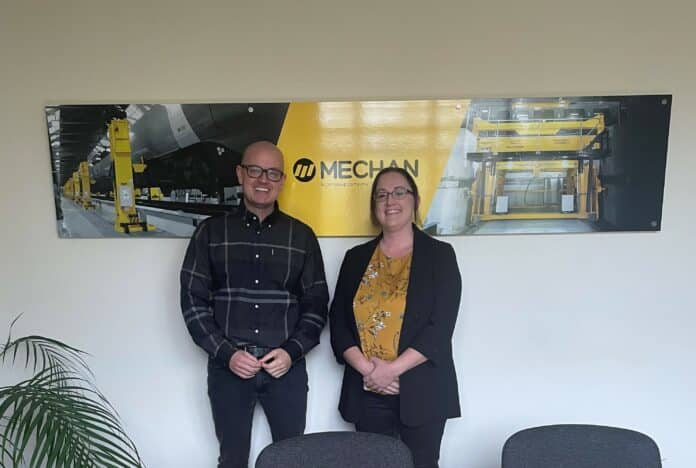“No one knows rail depot equipment better than the manufacturers who design everything in house,” says Mechan sales director, Lindsey Mills.
Speaking exclusively to Rail Business Daily, Lindsey continued: “We work collaboratively with customers – often for months, maybe even years before a contract is issued. That way, our clients end up with a piece of equipment that meets their very individual requirements.
“No two projects are ever the same, hence the need to forge collaborative relationships and share our expertise. We spend our days innovating, designing and modifying products that are built to last, so it is essential we get the decision right.”
Speaking from experience
Sheffield-based Mechan is a specialist in bespoke lifting and handling equipment and has been finding the right solution for depots across the globe for more than 50 years.
When customers come to the firm looking to raise multicar trains, in-depth discussions take place to determine the most suitable equipment.
A longstanding client recently consulted Mechan on the provision of multiple lifting systems. After discussing how its facilities usually work, the firm advised that a vehicle lift would be most useful for campaign changes and overhauls, whilst bogie drops might be more suitable for casualty work. Its team of expert engineers explained the pros and cons of each system and the operator went away to consider its options.
Underfloor lifters allow an entire train to be raised at the press of a button, giving access below for bogies and equipment modules to be removed, whereas bogie drops facilitate underfloor module replacement at track level. The vehicle is positioned centrally on the bridge section of the drop, where built-in jacks take its weight. The bridge is then lowered into a pit with the bogie onboard and traversed away for work to take place. Using this method of maintenance, a complete bogie change is feasible in just two hours.
Another popular alternative for lifting coupled vehicles is Mechan’s flagship railcar jacks. The length of the train determines how many are required, but sets of up to 64 are possible, thanks to the firm’s sophisticated control system. Four jacks raise each carriage and once in position, the remote controller facilitates a completely synchronised lift.
So, which is best?
There is no disputing the fact that jacks will always be present above floor level and this may pose an issue if space is at a premium. However, they are ideal if multiple train types in different configurations are being serviced.
Underfloor lifting is the perfect solution if the same train, in the same configuration is being maintained, but it has its disadvantages too. Consider the implications should the operating company decide to add an extra carriage. This is not a regular occurrence, but the associated cost and disruption would be enormous.
In many cases, the civil engineering requirements of the relative systems will play a large part in the decision-making process. Access pits for jacks are much smaller than those required for bogie drops or underfloor lifters, producing a considerable cost saving.
Martin Dootson, Mechan’s managing director, concludes: “We continue to go from strength to strength by looking after existing customers and impressing new ones with the quality of our advice and lifting equipment. We remained successful through Covid and have seen record orders since, by championing UK manufacturing and cultivating a local supply chain. This has enabled us to maintain our position in the market, control costs and consistently provide exceptional levels of assistance.”
To find out more about the consultancy services offered by Mechan, telephone (0114) 257 0563, visit: www.mechan.co.uk or follow the firm on Twitter @mechanuk.







































 0113 2082620
0113 2082620 info@railbusinessdaily.com
info@railbusinessdaily.com 15 Mariner Court, Wakefield WF4 3FL
15 Mariner Court, Wakefield WF4 3FL

